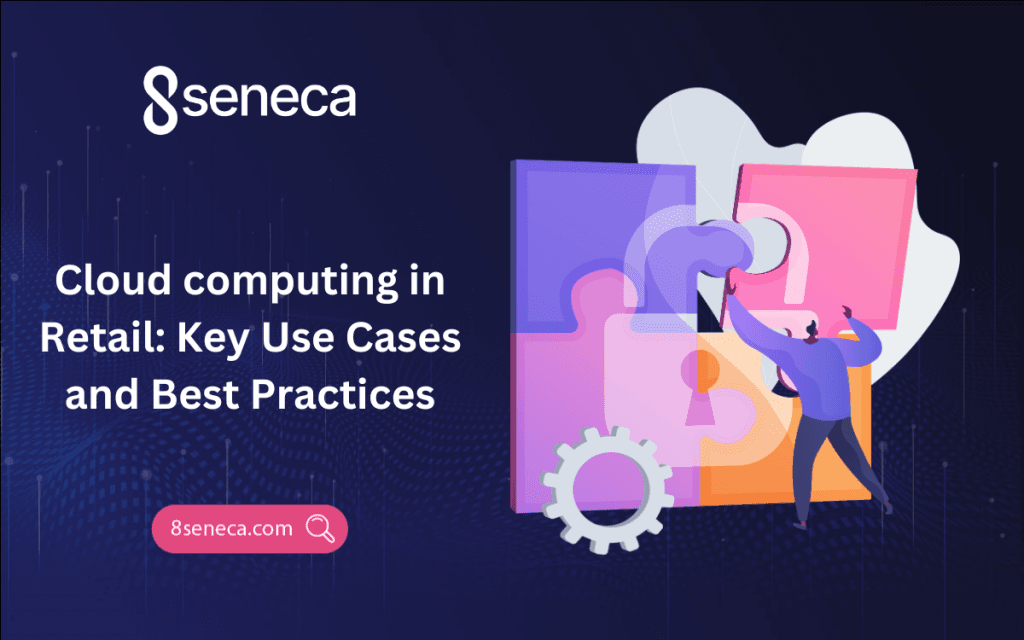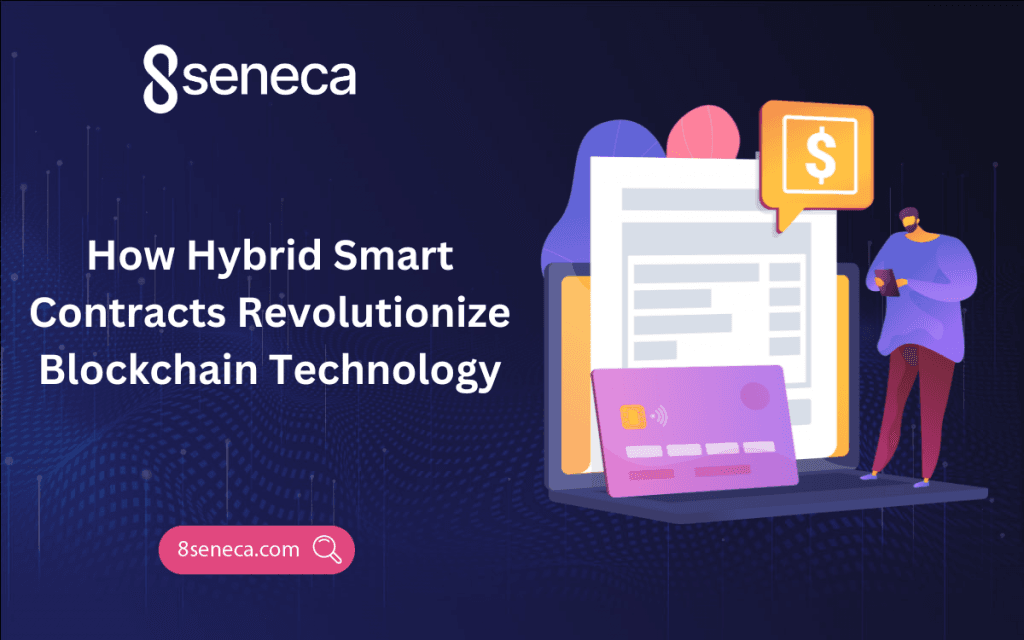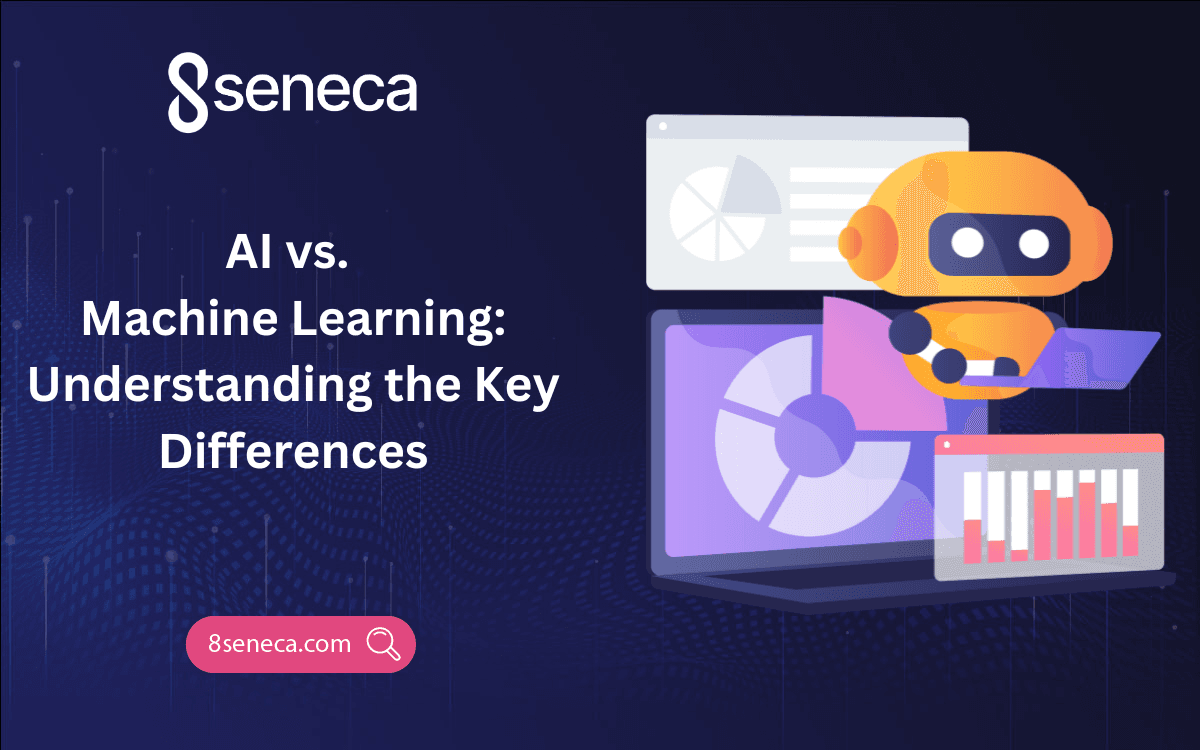How To Calculate the ROI of Cloud Computing
Learn how to determine the ROI of cloud computing effectively. Explore cost factors and key calculations for informed decision-making.
Today, cloud computing has undoubtedly become extremely vital for the majority of organizations across multiple industries. This is particularly evident after Covid-19 pandemic drastically reshaped the business environment. As a result, organizations need to increase their adaptability and versatility through cloud computing platforms.
Presently, numerous organizations are recognizing the value of cloud computing. Cloud computing brings security, mobility, collaboration and cost efficiency. Moreover, it also streamlines organization’s processes and workflows. However, despite numerous benefits, several executives remain unconvinced about cloud computing. Their main concern is the return on investment (ROI).
This occurs because cloud computing can be a difficult thing to measure ROI for. Evaluating the cost-benefit ratio of transitioning to the cloud requires careful consideration of numerous variables. Therefore, it is essential to highlight some key factors to consider when assessing the ROI of cloud computing.
Significance of Total Cost of Ownership (TCO)
Beofre diving into the calculation of ROI, it’s essential to identify all expenses associated with the company’s current infrastructure. The sum of all these costs is total cost of ownership (TCO). It include both operational and hidden costs in keeping company’s infrastructure running.
Organizations can acknowledge the current costs, which they will alleviate once they migrate to the cloud, by calculating TCO. By comprehensively understanding the cost current on-premises sever infrastructure, organizations can calculate the projected cost of migration more correctly. Thus, companies can calculate ROI of cloud computing accurately.
Cost that Need to Acknowledge to Define TCO
Some of the costs companies need to take into account to define TCO include:
- Servers: Occasional repairs are necessary for organization’s servers and it’s crucial to consider these costs. Furthermore, servers typically have a lifespan of 3 to 5 years. Once they reach the end of this lifespan, companies will need to invest in new servers to replace the old ones. This additional expense contributes to your total cost of ownership (TCO).
- Maintenance and support: It’s important to take into account the expenditure involved in maintaining the server infrastructure and its associated components including server racks and climate control systems. The entire ecosystem requires supporting hardware, parts and assets that necessitate ongoing purchases, maintenance and replacements. All these costs contribute to the escalation of the total cost of ownership (TCO).
- Software licensing: Incorporating the systems necessary to operate server infrastructure also contributes to the TCO. This includes expenses related to any software subscriptions or licenses required for this purpose. Additionally, it’s essential to account for the costs linked to customized solutions even if they are internally developed.
- Extra staff: Ensuring the upkeep or enhancement of server infrastructure may require the hiring of additional personnel whether on a temporary or permanent basis.
- Energy bills: Sustaining operational servers demands considerable energy, particularly when they are operating at maximum capacity. It’s essential to factor in the influence of this activity on your energy expenses and include it in the total cost of ownership (TCO).
- Physical space: Maintaining servers on-site requrires dedicated physical space for storage which incurs its own expenses. Even if the organization owns its office space, it still must factor in costs associated with accommodating servers into the total cost of ownership (TCO).
After computing these figures, organizations can compare your internal expenditures with those incurred when transitioning to the cloud. This analysis brings you closer to determining the ROI of cloud computing.
Calculating Return on Investment
Costs Occured When Migrating In-house Server Infrastructure to Cloud
Calculating ROI is straightforward, but it’s essential to grasp the investment and savings associated with the transition beforehand. Estimating the investment in cloud computing can be more intricate. It’s not inherently challenging but rather, the complexity arises from identifying the various costs linked with cloud computing. In essence, migrating an internal server infrastructure to the cloud entails 4 primary expenses:
- Cloud services. This represents the most apparent and conspicuous expense of migration. In this aspect, you must account for all the subscription fees imposed by your cloud computing provider for the migration. These costs may be fixed per user or based on activity, demanding an assessment to determine the most suitable model for your needs and include that cost accordingly.
- Internal resources. This includes the costs associated with the time and effort of the IT team (and any other staff member) working on the migration.
- Software licensing. When moving to the cloud, ogranizations might be forced to purchase new software licenses or forfeit the ones they already purchased but won’t be using anymore after the move to the cloud.
- Extra talent. While this might be optional if companies have the in-house talent to execute the migration, it’s better to consider using external help from cloud engineers to make the transition as smooth as possible.
Although those four represent the primary expenses tied to transitioning to the cloud, organizations may encounter hidden costs such as the necessity to upgrade other systems within digital ecosystem to ensure seamless integration with organization’s new cloud provider. Be mindful of what the entire migration process entails and sharpen your eye to detect potential costs across that journey.
Calculating ROI
Once you’ve determined these figures, you can compare the total cost of ownership (TCO) with the investment required for cloud migration. If transitioning to the cloud appears to be more cost-effective than sustaining your internal infrastructure, it’s a clear signal that it’s the preferable choice. However, you still need to compute the return on investment (ROI), which can be accomplished using the following formula:
(Profit from investment – investment) / investment = ROI
The return on investment (ROI) is essentially the savings gained from transitioning to the cloud, calculated by subtracting the cloud computing costs from the total cost of ownership (TCO). For instance, if your on-premises infrastructure costs $50,000 and cloud migration costs $30,000, organization will have a net profit of $20,000.
However, when this value is input into the aforementioned formula, you may observe a negative ROI: (20,000 – 30,000) / 30,000 = -0.3. Does this imply that cloud computing is not a viable option? Not necessarily. This ROI pertains to the specific time period considered for your costs. For example, if $50,000 represents the TCO for an entire year, then the -0.3 ROI applies to one year.
Although a negative ROI might seem unfavorable, it’s common for new technologies not to yield remarkable returns in just one year. Looking beyond this initial period, the ROI becomes more attractive. For instance, considering a 3-year plan for cloud computing:
(60,000 – 30,000) / 30,000 = 1
Here, the profit triples because you’re evaluating a 3-year timeframe rather than just one year. Consequently, the ROI significantly improves over time, as cloud computing gradually pays for itself. Migration entails a one-time expense while the resulting savings are cumulative.
Conclusion
In conclusion, calculating the ROI of cloud computing is essential for businesses to make informed decisions and optimize their investments in cloud technology. By understanding the factors influencing ROI, employing appropriate calculation methods, organizations can leverage cloud computing to drive innovation, improve operational efficiency and achieve sustainable growth in today’s digital economy.
At 8Seneca, we specialize in providing tailored B2B services, focusing particularly on IT outsourcing solutions. If you need IT outsourcing services, feel free to contact us. Additionally, we are actively looking for passionate interns to join our team. Visit our recruitment center to learn about current openings.
Related Articles

Jan 14, 2025
Read more
Will Decentralized Social Media Take Over in 2025?
Explore if decentralized social media could reshape online interactions in 2025 with greater privacy and control.

Jan 08, 2025
Read more
What You Need to Know About Zero-Trust Architecture
Learn the essentials of Zero-Trust Architecture: how it enhances cybersecurity by verifying every user and device.

Oct 23, 2024
Read more
The Benefits of Machine Learning
Learn and explore how machine learning drives innovation, efficiency, and smarter decision-making in today’s tech-driven world.

Oct 07, 2024
Read more
Cloud Computing in Retail: Key Use Cases and Best Practices
Cloud computing helps retailers optimize operations, streamline inventory, and improve decision-making with real-time data.

Sep 27, 2024
Read more
How Hybrid Smart Contracts Revolutionize Blockchain Technology
Discover what hybrid smart contracts are and how they are revolutionizing blockchain technology, including key benefits and challenges.

Sep 25, 2024
Read more
AI vs. Machine Learning: Understanding the Key Differences
Learn the differences between AI and ML, their impact on business, and how to leverage them effectively in business.
